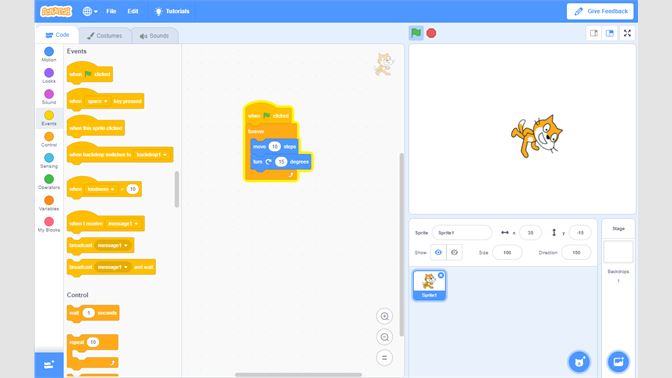Hello!
This lesson is about programming and we learnt how to teach it through the following tools:
Primary Code
This application is very useful to understand the previous concepts and to introduce programming.
Also, inside the app there is an option where you can use Makey-Makey. We used it in class and it was very funny.
SCRATCH AND SCRATCH JUNIOR
They are similar but for different ages. This ones are very easy to use and teaching them you can show children that they are able to programming.

CUBETTO
It is a very visual way of programming. You have a pannel and the object will move in order to the instructions you choose.

This is all! 👈
Bye












